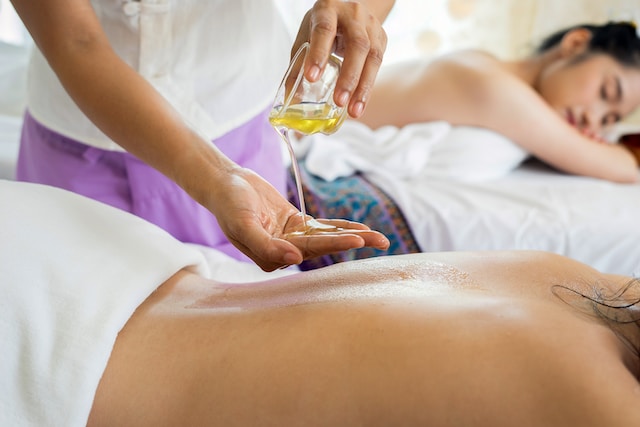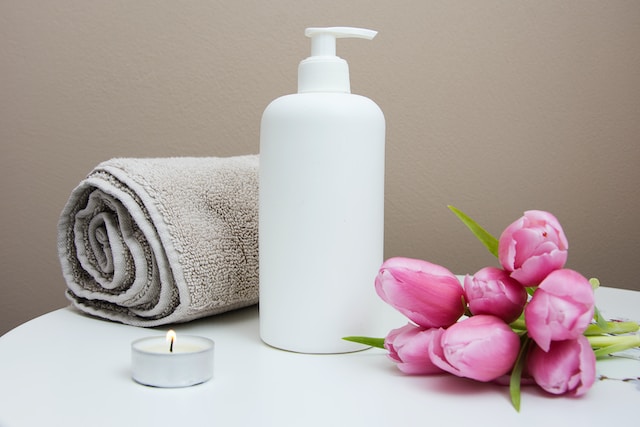Hydrotherapy is an ancient rehabilitation therapy that utilizes the physical properties of water, such as temperature, pressure, buoyancy, etc., to achieve relaxation, pain relief, and overall improvement of health.

The history of hydrotherapy can be traced back to ancient Greece and Rome, where people used thermal springs for water therapy. In ancient times, it was believed that “water can prevent and treat diseases,” and this notion has gained significant attention in modern medicine. Today, hydrotherapy has become a popular form of therapy widely applied in rehabilitation, beauty, weight loss, and other fields. The 19th-century health and wellness movement in the United States witnessed the recovery of individuals through hydrotherapy, including conditions like indigestion, emotional distress caused by nervous exhaustion, cerebral congestion, and more. As a form of health treatment, hydrotherapy emerged from folk practices and eventually gained recognition within various national healthcare systems. In the 20th century, hydrotherapy gained widespread use in European and American countries. With the rise of rehabilitation medicine and increased awareness of personal well-being, the therapeutic value of hydrotherapy continued to be demonstrated. Many hospitals have hydrotherapy rooms in their rehabilitation centers, utilizing the properties of water, such as buoyancy and resistance, for rehabilitation treatments.

There are various types of hydrotherapy, including immersion, showers, massage, and buoyancy. The simplest form is immersion, where the body is immersed in hot or cold water to relax the muscles and relieve pain. Showers provide a more intense experience, using water flow to cleanse the skin and promote blood circulation. Massage involves using water flow to massage the body, relieving muscle tension and pain. Buoyancy, on the other hand, utilizes the floatation effect of water to reduce body weight and assist in the treatment of certain conditions.

Hydrotherapy offers numerous benefits to the body. However, it is not suitable for everyone. For certain conditions such as heart disease, high blood pressure, etc., hydrotherapy may pose risks. Therefore, it is advisable to consult a doctor or professional hydrotherapist before undergoing hydrotherapy. Additionally, hydrotherapy is not a panacea and cannot replace other necessary medical treatments.

In conclusion, hydrotherapy is a highly beneficial therapy that helps individuals relax and improve their overall health. When engaging in hydrotherapy, it is important to choose the appropriate method and make necessary adjustments based on one’s physical condition. It is also crucial to be aware of contraindications and precautions associated with hydrotherapy to ensure its safe and effective application.
